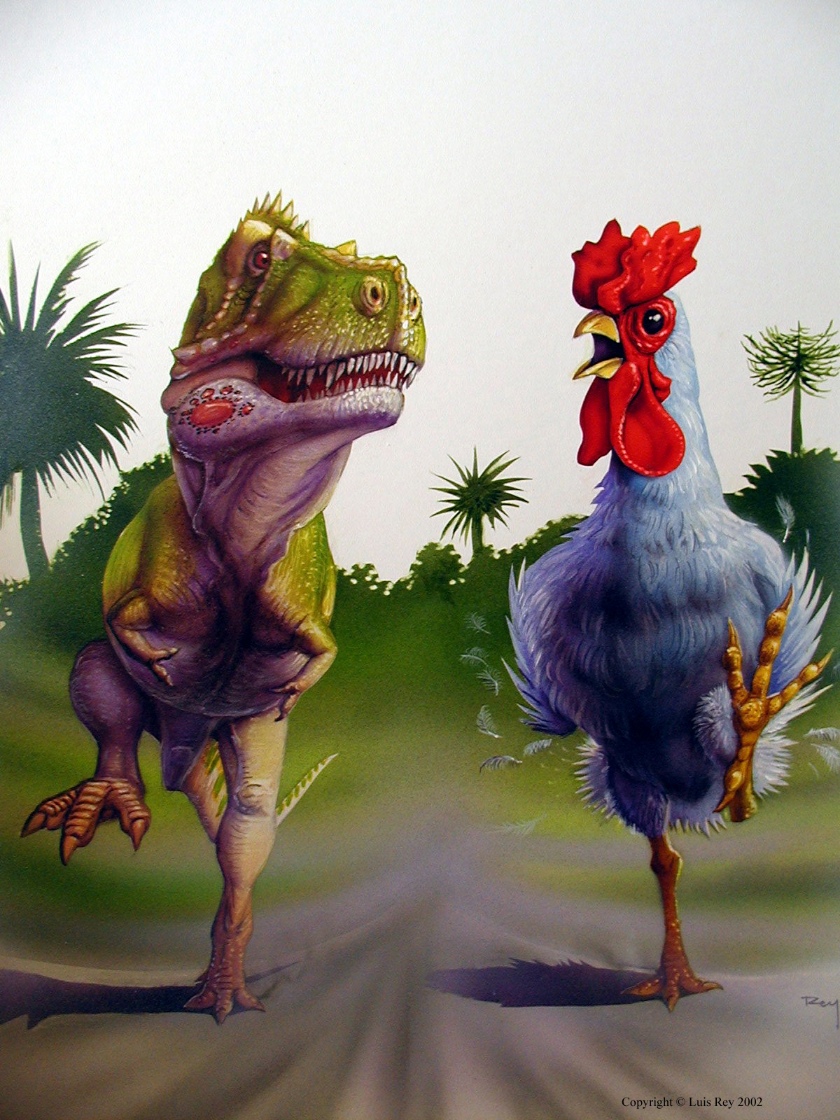
All movie and picture book dinosaurs paint a clear picture of dinosaur behaviour in our heads. The T. rex a big mean eating machine and the diplodocus a painfully slow giant that laboriously grinds the leaves of tall trees.
Remarkably, 99.9% of the time all our information comes from a single bone. Making conclusions is like guessing the picture of a 1000 piece jigsaw after only completing the border.
So how do they do it? Paleontologist Michael Benton explains three ways…
The first is to look at modern animals and compare. Simply, living animals with sharp teeth are almost always predators, therefore a dinosaur fossil with sharp teeth is probably a predator.
Second, observe the closest living relatives to dinosaurs, crocodiles and birds. For example, it is safe to say the T. rex had eyes of some description, as both crocodiles and birds also have eyes.
Lastly, using biomechanical modelling. Michael found the muscle power needed for the T. rex to run 42MPH, as previously thought, would be like a 6 tonne, T. rex sized chicken with 5 tonne legs. 42MPH it seems, is a wild overestimate.
I’m not going to try and understand how Michael can tell so much from a couple of bones, but either way, a 6 tonne chicken is a pretty scary thought.
